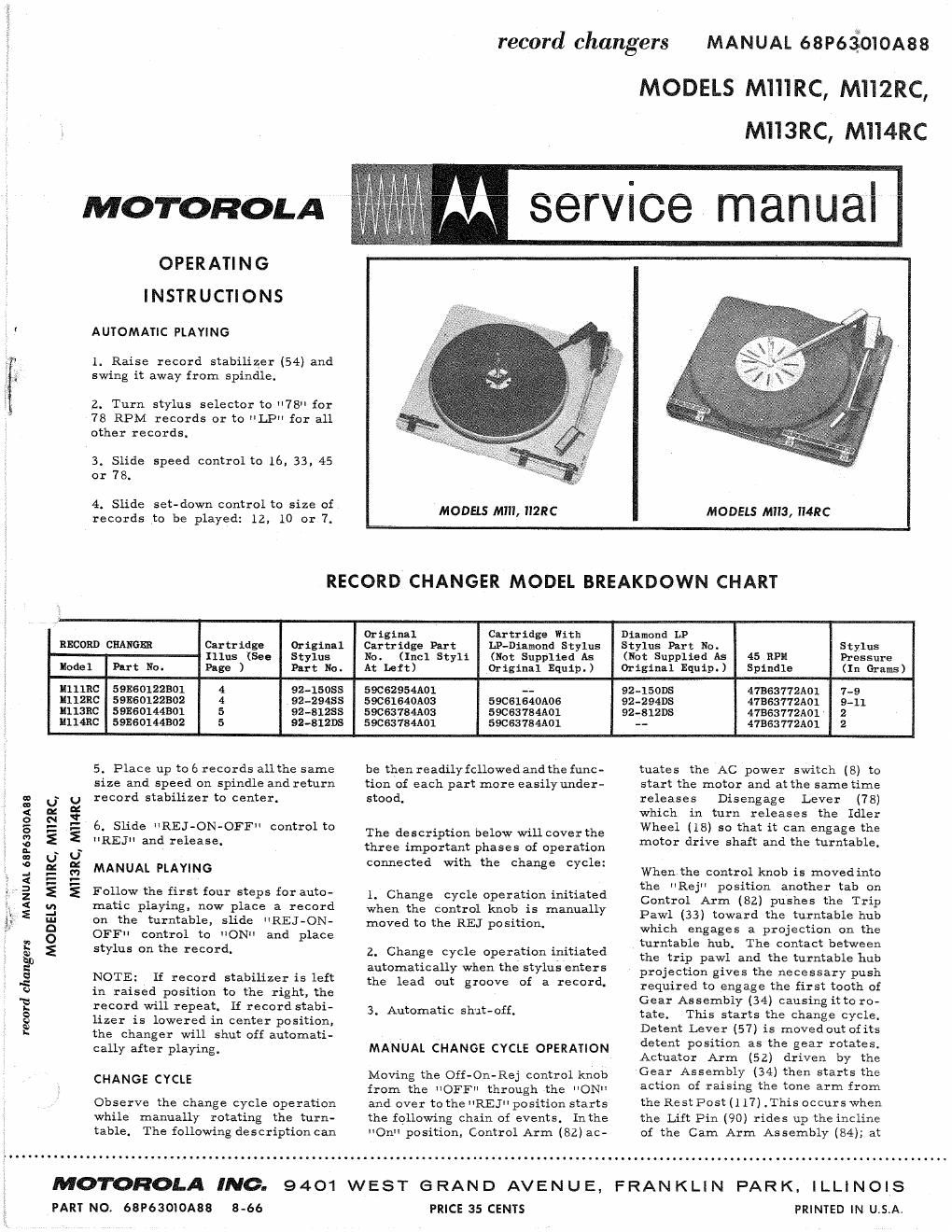Motorola m 113 rc service manual
This is the 12 pages manual for motorola m 113 rc service manual.
Read or download the pdf for free. If you want to contribute, please upload pdfs to audioservicemanuals.wetransfer.com.
Page: 1 / 12
